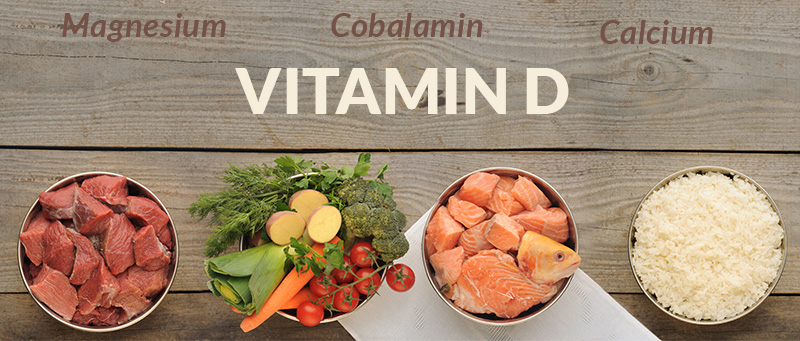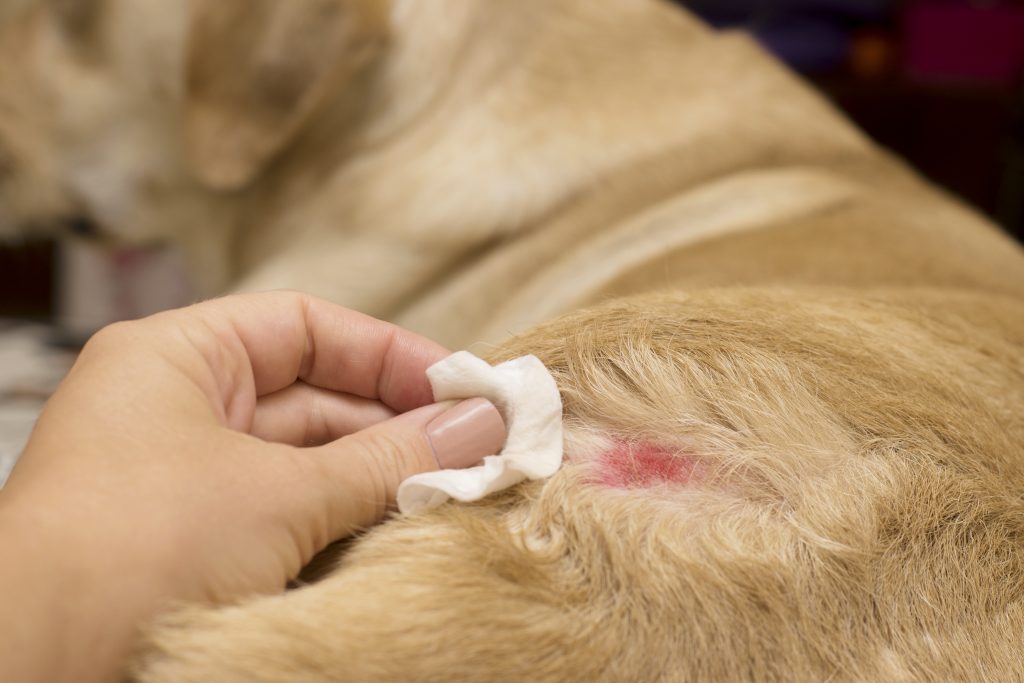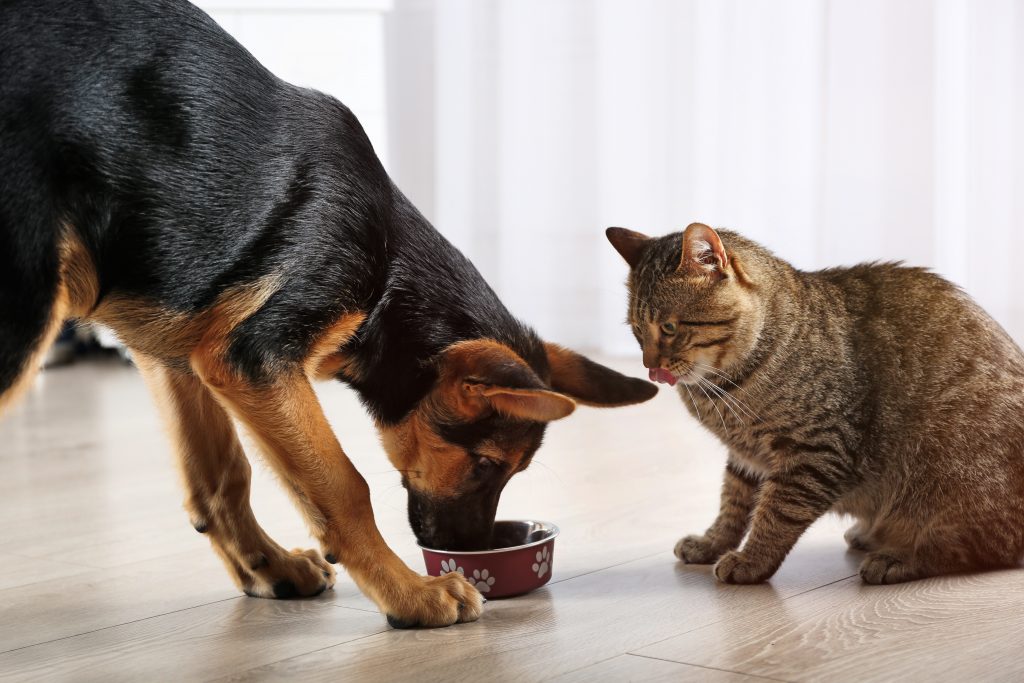
Obesity impacts vitamin D equilibrium. Please review the tech brief below on how it applies to your Test & Treat patients. Contact VDI with any questions. Background: Vitamin D undergoes a series of enzymatic reactions ultimately becoming the active hormone calcitriol. However, since vitamin D is fat soluble, it is readily taken up within the adipose tissue. The adipose […] Read more »







